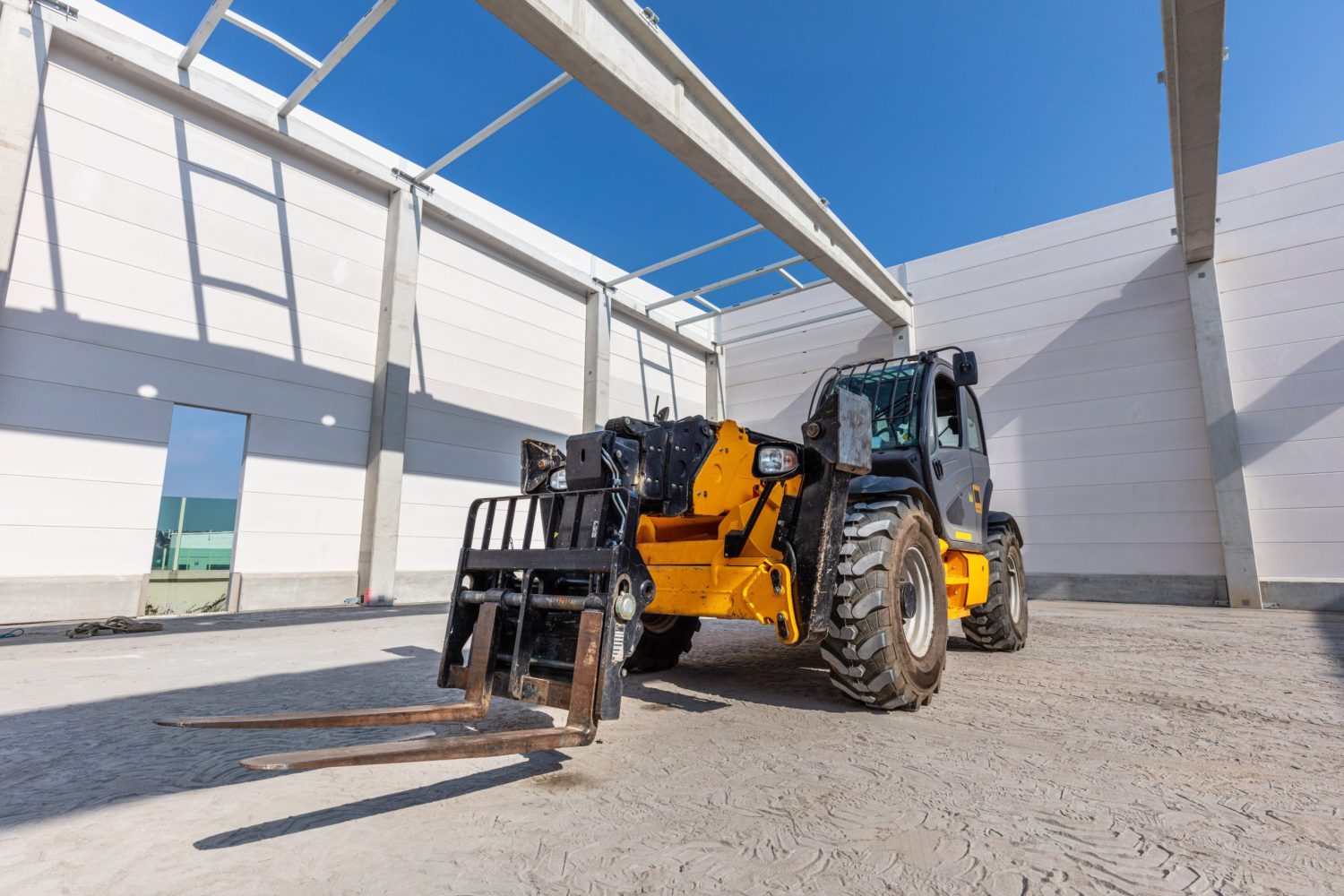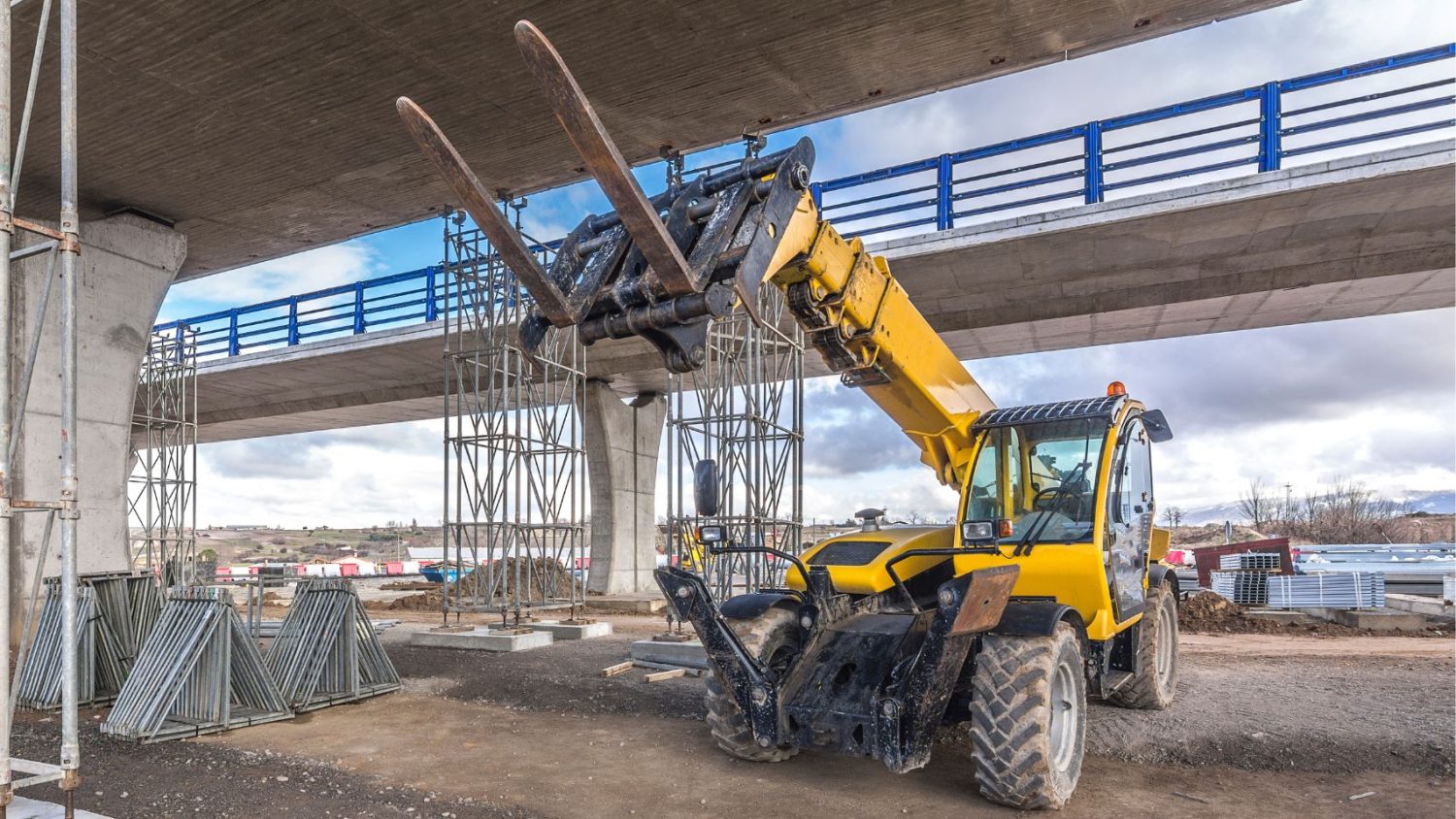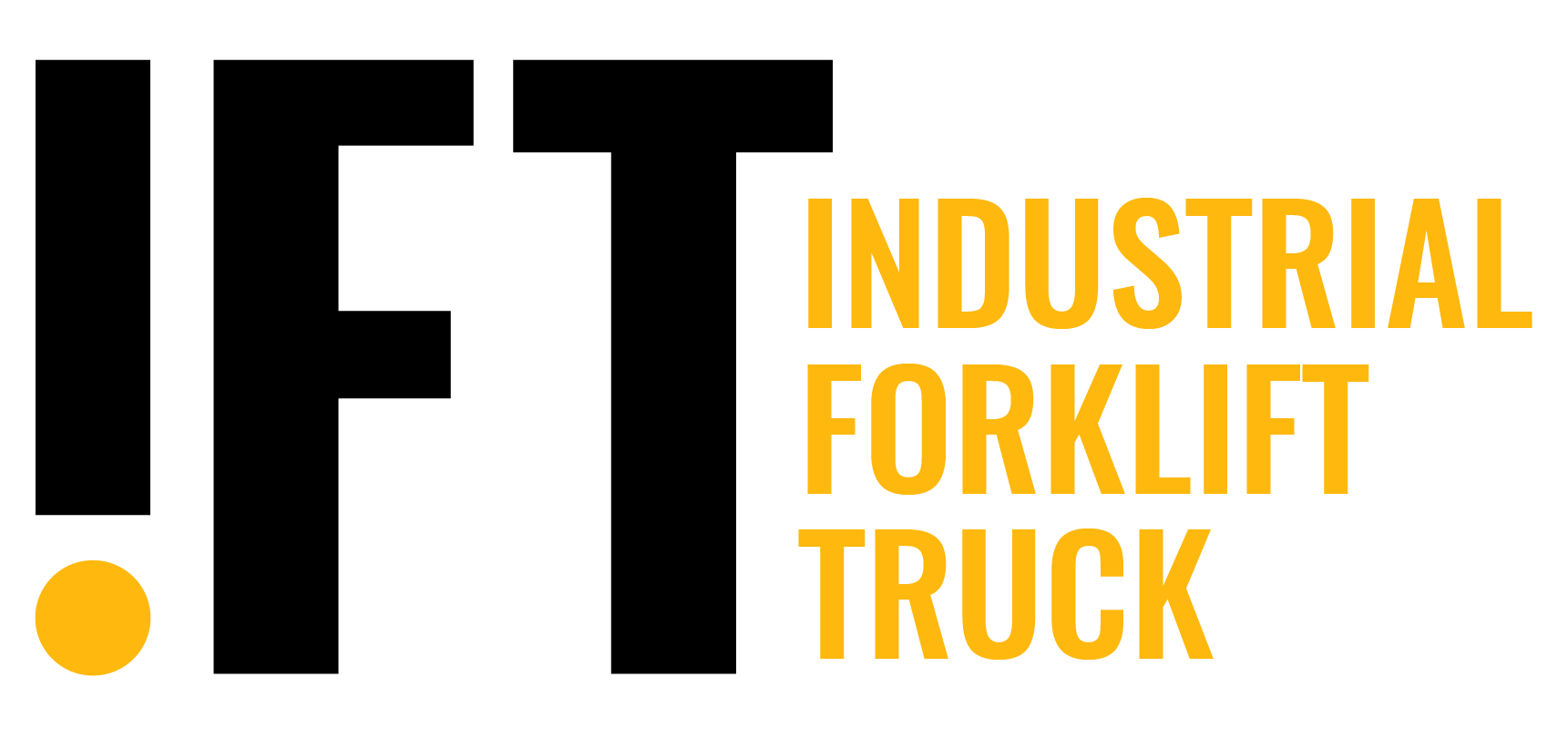Pick your machine type
Let us know what kind of lift you need with a few simple questions
Let us know what kind of lift you need with a few simple questions
See machines available in your region and compare prices
Choose the best deal with confidence
A telehandler is one of the most versatile lifting machines you can have on your job site. They combine the reach of a crane with the load power of a rough terrain forklift, making them ideal for lifting and moving heavy construction , agriculture, and industrial materials where standard forklifts can’t reach. Add this versatile piece of equipment to your fleet. Search for deals on telehandlers in Canada using IFT.
A telehandler’s greatest strength is its telescopic boom arm. This arm can extend loads forward and upward, and it’s designed to easily swap forks for other attachments like buckets, lifting hooks, man baskets, and more.
With this flexibility, telehandlers can replace the need for multiple pieces of equipment and speed up projects by reducing the number of workers needed on site.


Telehandlers come in 2 main power types: diesel and electric. Diesel is the most common and its carried by nearly every telehandler brand in Canada. Many of the leading brands also carry electric models, which is better for indoor warehousing, retail, or manufacturing jobs that must adhere to strict emission regulations.
Some brands, however, are starting to sell a third, hybrid power type. Hybrid machines have diesel engines and electric battery systems, allowing mixed-used businesses to use the same telehandler for indoor and outdoor work. They are still rare, but they’re most commonly available from brands like JLG and Manitou.
| Brand | Power Type | New Price Range (CAD) | Used Price Range (CAD) | Lease (CAD/Month) | Advantages |
|---|---|---|---|---|---|
| JLG | Diesel, Some Hybrid | $130,000–$225,000 | $55,000-$120,000 | $3,500-$5,500 | Reliable, wide dealer network support, high lift heights |
| Skyjack | Diesel, Limited Electric | $120,000–$210,000 | $50,000-$100,000 | $3,000-$5,000 | Canadian-made, durable, great after-sales support |
| Manitou | Diesel, Limited Electric, Hybrid Emerging | $125,000-$215,000 | $45,000-$95,000 | $3,200-$5,200 | Versatile attachments, high resale value, popular in ag & construction |
| Genie | Diesel, Electric | $125,000-$200,000 | $50,000-$105,000 | $3,200-$5,200 | Common rental option, easy maintenance, operator friendly |
| CAT | Diesel | $140,000-$225,000 | $60,000-$110,000 | $3,800-$5,500 | Rugged, trusted brand for heavy-duty projects |
Start comparing the costs of telehandlers in Canada with IFT. We’ll send you multiple quotes from verified dealers in your area so you can be sure you’re finding the best deal.
With their lifting capacity and rugged-terrain performance, telehandlers are most useful in construction, agriculture, warehousing, forestry, and manufacturing industries.
A new telehandler in Canada costs between $120,000 and $225,000 CAD. Used units range from $45,000 to $110,000 CAD, while rentals average $3,000 to $5,500 per month.
The main advantage of a telehandler is its versatility. It combines the heavy lifting power of a forklift with the reach of a crane. It's swappable attachments allowing one machine to perform the tasks of mulitple machines, and its heavy-duty pneumatic tires offer all-terrain performance.
Yes, telehandlers are durable, rugged machines built for the extreme weather conditions. They have diesel engines and large pneumatic tires to handle snow, ice, and rugged conditions across Canadian provinces.
